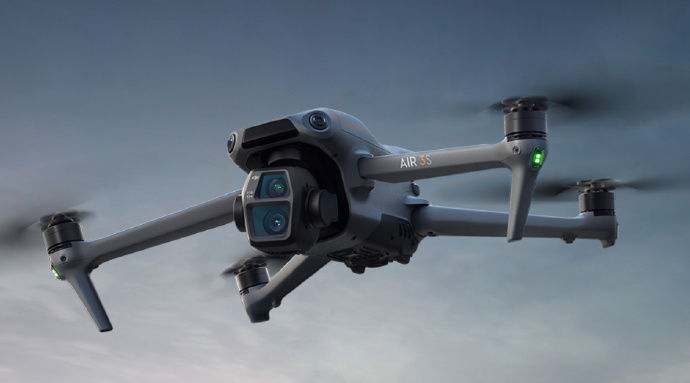In recent years, the drone industry has experienced rapid growth, leading to an increased need for regulatory measures such as drone remote ID systems. Remote identification is crucial for maintaining safety and accountability in airspace, particularly as drones become ubiquitous in both recreational and commercial applications. These systems allow authorities to identify and monitor drones operating within certain areas, ensuring compliance with legal and safety standards.
What is Drone Remote ID?
The concept of drone remote ID refers to the ability to remotely identify a drone while in flight. This identification process involves broadcasting information about the drone, such as its owner and operator details, as well as its flight path and location. By implementing these systems, public safety officials and governments can efficiently manage drone activity, reducing risks associated with unauthorized or dangerous drone operations.
The Benefits of Implementing Remote ID for Drones
- Enhanced Security: Remote ID provides a real-time solution for tracking drone activity, allowing law enforcement and security agencies to identify suspicious drones quickly.
- Accountability: With remote ID, operators are more accountable for their drones’ actions, leading to safer skies for all types of aerial vehicles.
- Efficient Airspace Management: As drones share skies with other aircraft, remote ID systems help in managing traffic, preventing potential collisions, and maintaining orderly airspace operations.
How Drone Remote ID Works
Drone remote ID systems work by integrating transponders or similar technologies within drones. These devices broadcast identification signals that can be detected by authorized entities equipped with compatible receiving devices. The information typically includes the drone’s serial number, its geographical position, the operator’s ID, and possibly flight intentions such as scheduled waypoints or destination plans.
The Regulatory Landscape and Compliance
Governments worldwide are taking initiatives to make drone remote ID a standard requirement. In the United States, the Federal Aviation Administration (FAA) has set forth regulations mandating remote ID for commercial drones. These regulations are designed to enhance safety and accountability while supporting technological innovation in the drone industry. Compliance requires drone manufacturers to equip new drones with remote ID capabilities and drone operators to ensure their devices are properly configured for broadcasting identification data.
Challenges in Implementing Remote ID Systems
Although remote ID systems offer numerous benefits, there are challenges to their widespread implementation. Technical issues such as signal interference, privacy concerns for operators, and the cost associated with upgrading or acquiring compliant equipment are significant hurdles. Additionally, ensuring global standardization is vital for remote ID’s success across borders, further complicating implementation efforts.
The Future of Drone Remote ID
The future of drone remote ID is promising as technology continues to advance. Innovations in blockchain and machine learning are being explored to enhance security and privacy within these systems. Additionally, as remote ID becomes more prevalent, we can expect improved integration with other technologies such as Unmanned Traffic Management (UTM) systems, further promoting safe and efficient skies.
FAQs About Drone Remote ID
- Why is drone remote ID necessary?
- Drone remote ID is necessary for enhancing security and accountability, as it allows authorities to monitor drone activities and ensure compliance with regulations, ultimately maintaining safe airspace.
- Who needs to comply with remote ID regulations?
- Commercial drone operators and manufacturers are primarily required to comply with remote ID regulations, although there is ongoing discussion about extending these requirements to recreational users.
- How can operators ensure their drones are remote ID compliant?
- Operators can ensure compliance by using drones equipped with remote ID systems and adhering to any set regulations by relevant aviation authorities, such as registering the drone and updating its software regularly.
